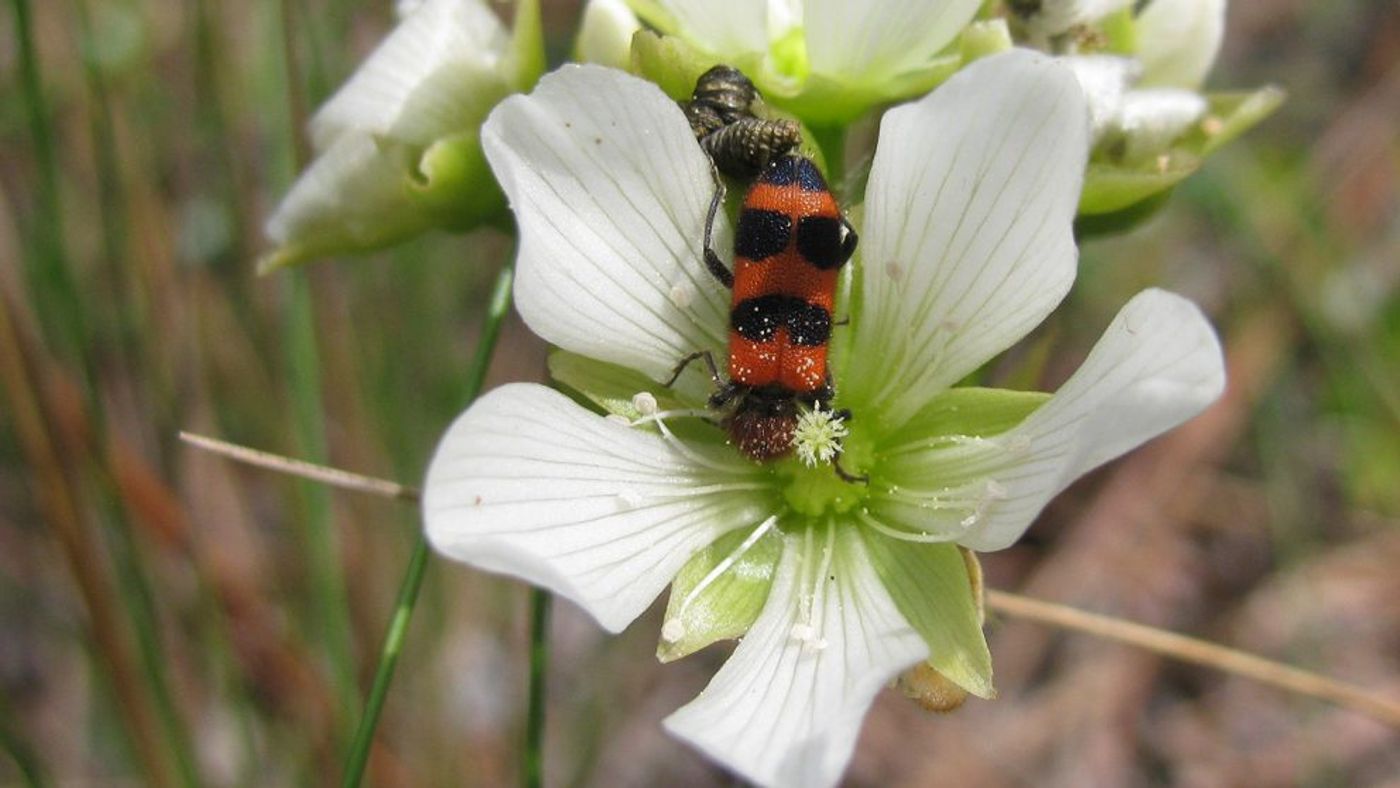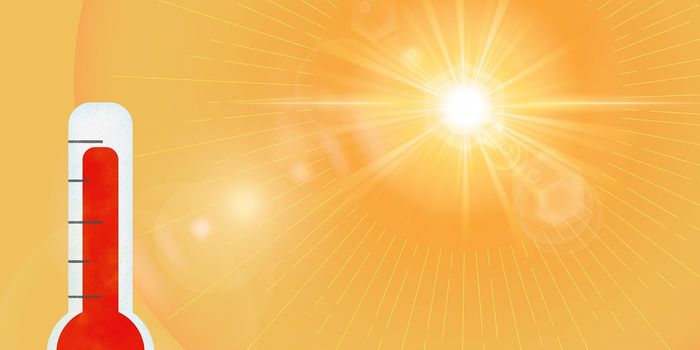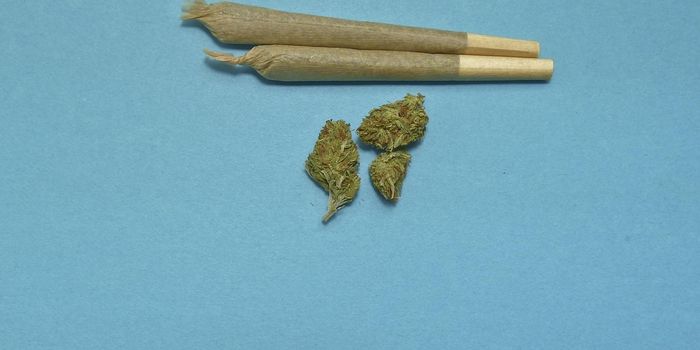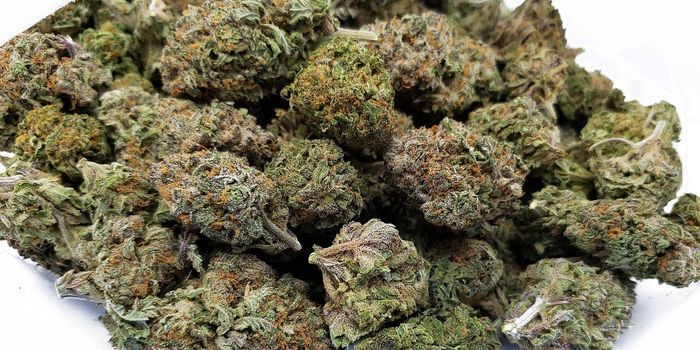Venus Flytraps May Not Eat Their Pollinators, Study Finds
Ask anyone what a Venus flytrap is, and most will reply with a brief description of a carnivorous plant that eats unsuspecting insects. While a significant portion of the population knows of the Venus flytrap’s existence, we still have much to learn about its biology, among other things.
Image Credit: Clyde Sorenson/North Carolina State University
For one, Venus flytraps could be picker about their meals than initially thought. A new study published in the journal The American Naturalist by North Carolina State University researchers underscores how the plants might spare the insects that pollinate them.
"These findings answer basic questions about the ecology of Venus flytraps, which is important for understanding how to preserve a plant that is native to such a small, threatened ecosystem," explained study lead author Elsa Youngsteadt.
"It also illustrates the fascinating suite of traits that help this plant interact with insects as both pollinators and prey," she continued.
Related: Study underscores the need for alternative pollinators
The study involved probing and cross-examining the diverse assortment of insects that interacted with wild Venus flytraps throughout the flowering season as either pollinators or prey.
Following said examinations, the researchers discerned three insects in particular that pollinated the plants most often: the green sweat bee (Augochlorella gratiosa), the checkered beetle (Trichodes apivorus), and the notch-tipped flower longhorn beetle (Typocerus sinuatus).
Related: Where are all the wild bees when you need them?
Notably, the discovery came with an unexpected correlation. Out of the hundreds of insects that Venus flytraps snacked on at the time, none were of the three varieties mentioned above.
The researchers consider two possible reasons for why these particular insects never made it into the Venus flytraps’ traps as meals:
- The flowers exist too high above the “danger zone” with the traps for flying insects to become captured.
- Venus flytraps could utilize different colors or scents to lure specific insects toward either the flowers or the traps, depending on their roles as pollinators or prey.
Both are solid theories, but admittedly, there isn’t enough information just yet to prove either one.
Given the curiosity surrounding the situation, there will likely be additional studies to learn more about the Venus flytrap and its enigmatic biology. The researchers plan to study more Venus flytrap sites in the future to find out whether the same insects conduct these roles everywhere else. It should be interesting to see what they find.
Source: North Carolina State University









